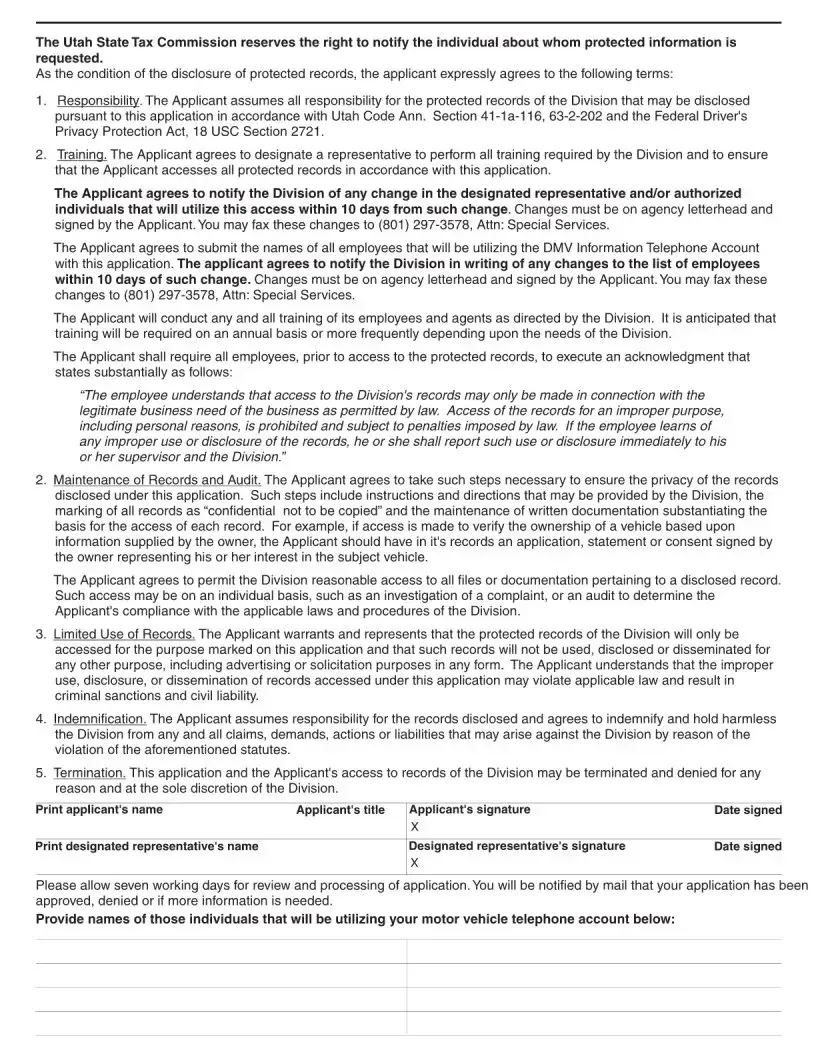The Utah TC-895 form, known for its role in facilitating property transactions, particularly in situations involving tax issues, shares similarities with other legal documents used across different states and for varied purposes. Firstly, it resembles the California Preliminary Change of Ownership Report (PCOR). This document, which is required in California when recording a deed, helps county assessors determine whether a reassessment of property tax is necessary following the sale or transfer of real estate. Both forms serve to inform taxing authorities about changes in ownership, thus ensuring the correct assessment of taxes.
Secondly, the TC-895 form has similarities with the IRS Form 1099-S, which is used to report proceeds from real estate transactions to the Internal Revenue Service. Both documents are integral to the reporting and taxation process of property sales, aiding in the transparent disclosure of financial details related to the transaction. Although the IRS form is federally mandated and focuses on tax collection, and the TC-895 serves a more localized administrative function, their roles in facilitating the accurate reporting of real estate transactions are parallel.
Another document akin to the TC-895 form is the HUD-1 Settlement Statement, utilized in the United States for many real estate transactions before being replaced by the Closing Disclosure form for most residential sales. The HUD-1 provided detailed financial information about a transaction, similar to how the TC-895 can include details pertinent to taxation and ownership transfer. Both documents act as a comprehensive record of the transaction, ensuring parties involved are informed of the financial breakdown.
The Warranty Deed is yet another document related to the TC-895, in that it is used to guarantee the clear transfer of property title from one party to another. While a warranty deed serves as a legal document that confirms a property's ownership status and guarantees the owner's right to sell the property, the TC-895 provides necessary information to the local government for tax purposes following such a transfer. The connection lies in their common goal of facilitating clear and undisputed property transactions.
Finally, the Grant Deed, prevalent in states like California, shares a purpose with the Utah TC-895 form by effectuating property transfers and ensuring that these transitions are recorded with the appropriate governmental body. Both documents help in updating official records with new owner details and any conditions or covenants related to the property. While the Grant Deed is specifically for the conveyance of ownership rights, ensuring no undisclosed encumbrances exist, the TC-895 focuses more broadly on the implications of such transfers for tax assessments.

